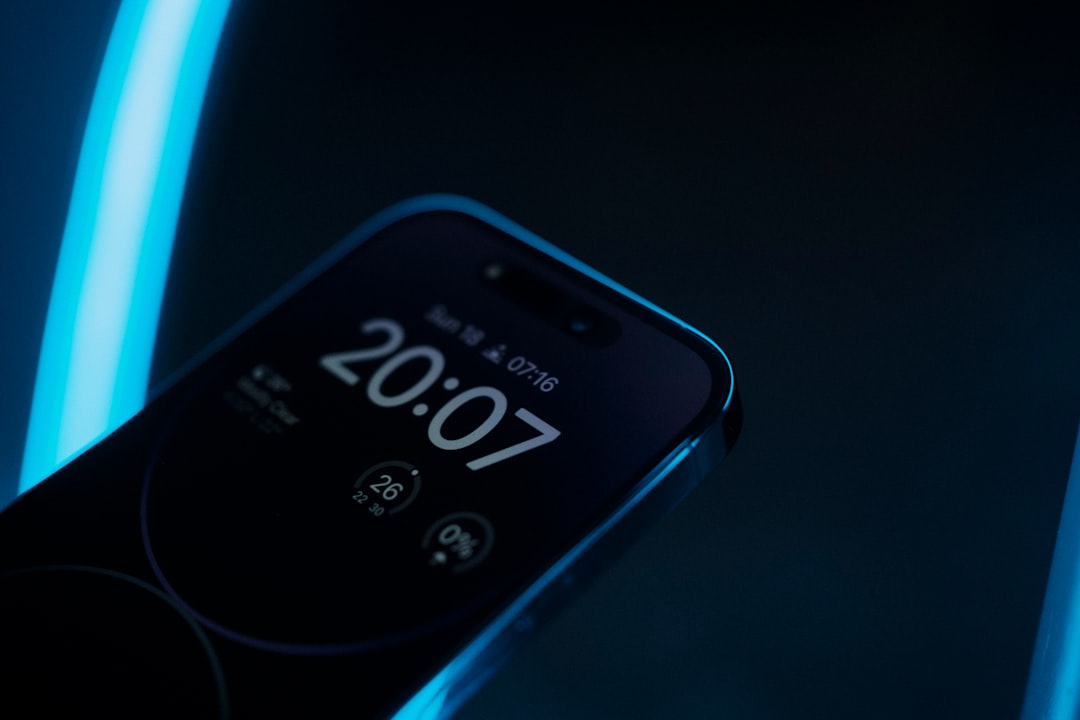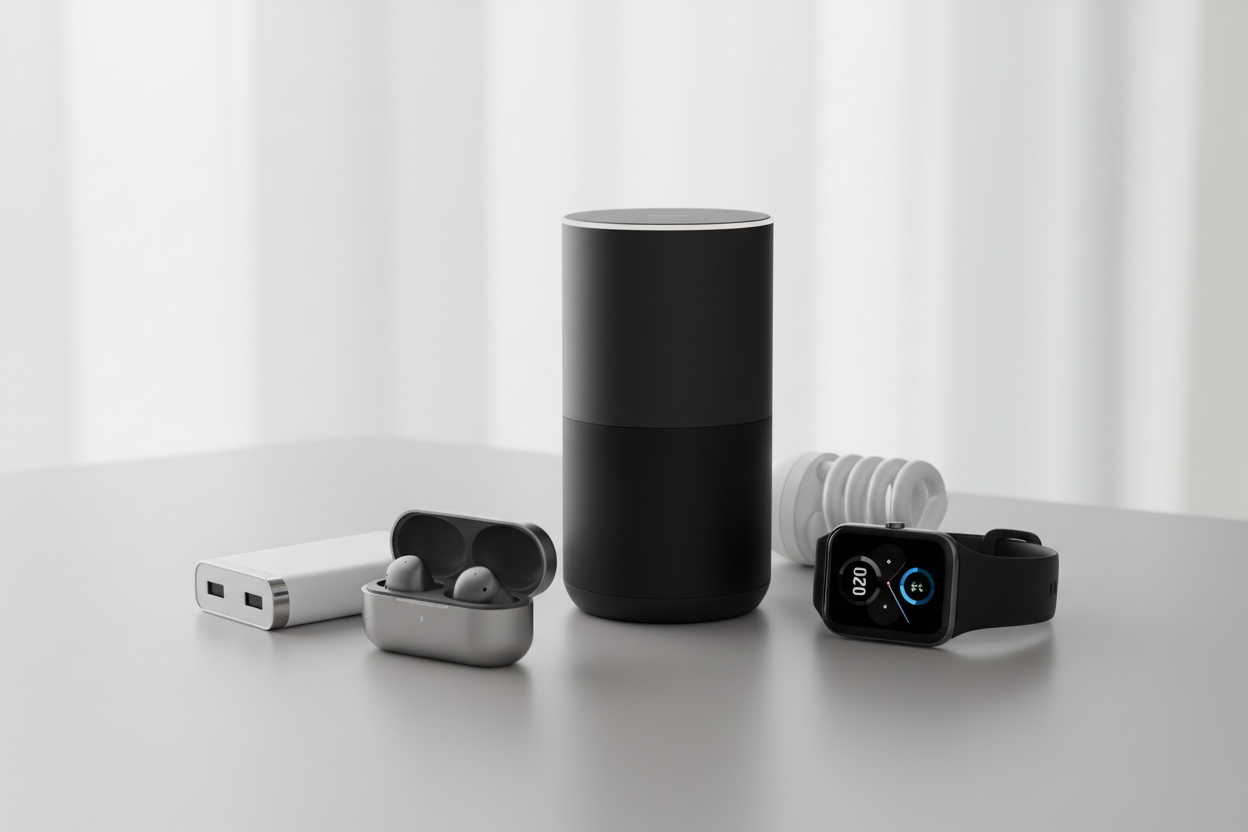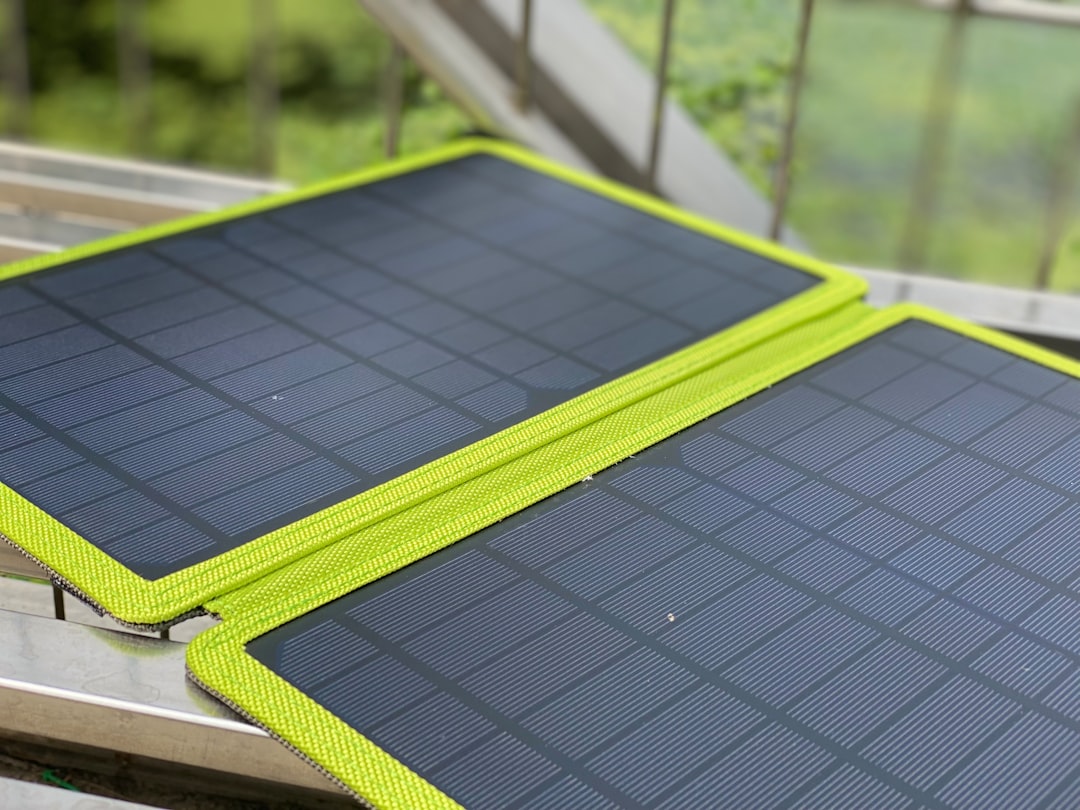Transform Your Home with Smart Gadgets: Energy Efficiency, Security, and Cost Savings
Discover how simple smart home upgrades can save energy, enhance security, and reduce costs while improving your home's comfort and convenience—all without major renovations.
Key Takeaways
- Smart thermostats can reduce heating and cooling bills by up to 15% through adaptive features and remote control.
- Upgrading to smart lighting cuts electricity use by up to 75% and improves convenience and security.
- Smart plugs eliminate phantom power waste from idle devices, driving significant energy savings.
- Smart locks enhance home security with remote access, digital keys, and real-time alerts.
- Water leak detectors prevent costly damage with early warnings and automatic shutoffs.
- Integrating smart devices creates efficiency synergies, potentially lowering energy use by 30–40%.
- Smart gadgets offer strong financial returns through utility savings, insurance discounts, and increased home value.
Table of Contents
- 1. Smart Thermostats: Energy Savings Made Simple
- 2. Smart Lighting Systems: Bright Ideas for Energy Efficiency
- 3. Smart Plugs and Power Strips: Small Devices, Big Savings
- 4. Smart Locks: Easy Security and Control at Your Door
- 5. Smart Water Leak Detectors: Prevent Costly Damage
- 6. Smart Appliance Monitoring: Convenience Meets Efficiency
- 7. Smart Curtain Controllers: Automate Light and Privacy
- 8. How Smart Home Integration Boosts Efficiency and Convenience
- 9. Financial Benefits: Smart Investments That Pay Off
- 10. Getting Started: Affordable Smart Gadgets to Upgrade Your Home
- FAQ
1. Smart Thermostats: Energy Savings Made Simple
Smart thermostats revolutionize how you control your home’s heating and cooling, optimizing comfort while slashing energy bills.
How Smart Thermostats Save Energy
- Adaptive learning: These devices analyze your routine and adjust climate control automatically over time.
- Geofencing: Temperature changes intelligently trigger based on when you’re home or away.
- Multi-room sensors: Advanced models monitor different rooms and prioritize heating or cooling efficiently.
- Remote control: Adjust settings from anywhere using your smartphone.
- Energy reports: In-depth usage stats help identify further savings.
Studies show smart thermostats can reduce heating and cooling costs by 8–15%, often saving over $100 annually in U.S. homes while lowering HVAC carbon emissions.
Choosing the Right Thermostat
Before buying, verify your HVAC setup supports smart thermostats—commonly requiring a “C” wire for power. Also ensure compatibility with your preferred smart assistant, whether it's Alexa, Google Home, or Apple HomeKit. Premium models may offer energy coaching but could involve subscription fees.
Learn more about choosing smart thermostats here.
2. Smart Lighting Systems: Bright Ideas for Energy Efficiency
Lighting accounts for a large portion of home energy use. Switching to smart lighting cuts electric bills dramatically while adding flexibility and ambiance.
Benefits of Smart Lighting
- Energy-efficient LEDs: Use up to 75% less power than incandescent bulbs.
- Automation: Schedule lights to match your daily habits.
- Motion detection: Lights activate only when someone’s in the room.
- Customizable settings: Adjust brightness and color to fit every mood and task.
- Mobile and voice control: Manage lighting remotely or hands-free.
Smart bulbs last longer, lower replacement costs, and enhance security by simulating occupancy when away. Explore their environmental benefits here.
3. Smart Plugs and Power Strips: Small Devices, Big Savings
For beginners, smart plugs are a budget-friendly way to transform ordinary devices into efficient, controllable tools.
How Smart Plugs Cut Energy Waste
- Eliminate phantom load: Prevent power draw from idle devices.
- App-controlled shutoff: Turn appliances off remotely if left running.
- Track energy use: Monitor consumption per device on some models.
- Scheduling: Automate operation of fans, lighting, or small appliances.
Since standby power can make up 5–10% of your electric bill, smart plugs offer quick returns. Popular choices include the Belkin Wemo Mini and TP-Link Kasa Smart Plug, both featuring intuitive apps.
Discover more about saving energy with smart plugs here.
4. Smart Locks: Easy Security and Control at Your Door
Smart locks combine security enhancements with the convenience of keyless entry, helping protect your home effortlessly.
Features and Benefits
- Remote access: Lock or unlock doors from anywhere via smartphone.
- Digital keys: Share limited-time access with guests, cleaners, or deliveries.
- Entry logs: Track who enters your home and when.
- Tamper notifications: Receive alerts for suspicious activity.
- Home assistant integration: Control locks with voice commands.
By eliminating spare keys and enhancing deterrents, smart locks can reduce burglary attempts by up to 60%. When choosing, prioritize ANSI Grade 1 or 2 ratings, strong encryption, and battery backup for connectivity outages.
Get helpful tips on choosing smart locks here.
5. Smart Water Leak Detectors: Prevent Costly Damage
Silent but deadly, water leaks can wreak havoc if left unnoticed. Smart leak detectors alert you early to protect your home.
Why You Need Smart Leak Sensors
- Real-time alerts: Instant notifications for leaks under sinks, pipes, or appliances.
- Automatic shutoff: Some models can turn off main water supply to limit damage.
- 24/7 monitoring: Protection even while you’re away.
- Mold and damage prevention: Avoid costly repairs and health hazards.
Wireless options like the Honeywell Lyric and D-Link DCH-S161 are easy to install and integrate with smart ecosystems for whole-house safety.
Read more about stopping leaks before they start here.
6. Smart Appliance Monitoring: Convenience Meets Efficiency
Modern smart appliances bring automation and energy optimization right into your kitchen and beyond.
Examples of Smart Appliance Features
- Refrigerators with cameras: Monitor contents remotely to reduce food waste.
- Voice-controlled cooktops: Adjust heat hands-free, enhancing multitasking and safety.
- Energy analysis tools: Track and optimize appliance power use.
These advancements simplify daily chores while supporting sustainable living. Learn more here.
7. Smart Curtain Controllers: Automate Light and Privacy
Automated curtains and shutters not only control sunlight and privacy but also help with energy efficiency.
Benefits of Smart Window Treatments
- Timed automation: Open and close curtains according to your schedule or sunlight.
- Privacy enhancement: Automatically adjust window coverings throughout the day.
- Energy savings: Extra insulation reduces heating and cooling loads.
- Storm protection: Some shutters offer structural reinforcement.
- Insurance incentives: Added safety features might lower premiums.
Proper scheduling lessens HVAC strain and keeps your home comfortable effortlessly. Find out how smart curtains enhance efficiency here.
8. How Smart Home Integration Boosts Efficiency and Convenience
The full power of smart tech shows when devices work seamlessly together, maximizing benefits with minimal effort.
Tips for Maximizing Smart Home Benefits
- Automate schedules: Run devices during off-peak hours or only when needed.
- Analyze energy use: Use real-time data to identify and eliminate waste.
- Centralize control: Manage lighting, climate, appliances, and security via a hub or app.
- Remote management: Adjust settings on the go from one dashboard.
- Stay updated: Regularly update firmware to enhance performance and security.
For instance, a smart thermostat can pause HVAC when smart window sensors detect open windows, while lighting systems turn off in unused rooms. Fully integrated homes may cut energy use by 30–40%, reducing bills and your carbon footprint.
Learn how to build a smarter integrated system here.
9. Financial Benefits: Smart Investments That Pay Off
Smart home devices combine convenience and savings, making them a financially wise choice for modern homeowners.
Key Financial Benefits
- Lower utility bills: Smart thermostats alone can save up to $180 yearly on heating and cooling.
- Combine and save: Use alongside smart plugs, lighting, and appliances for compounded savings.
- Avoid disasters: Leak detectors and security gadgets help prevent costly damage and losses.
- Insurance discounts: Enhanced security and protection can reduce premiums.
- Fast ROI: Many devices pay for themselves in less than three years.
Consider smart gadgets an upgrade that quickly pays off financially and adds long-term value. Discover how smart homes support your budget here.
10. Getting Started: Affordable Smart Gadgets to Upgrade Your Home
Ready to begin your smart home journey? Start with these accessible and cost-effective devices:
- Smart plugs: Easily convert outlets for scheduling and remote control.
- Smart bulbs: Replace old bulbs to automate lighting without rewiring.
- Smart locks: Add key-free secure access to your entryways.
- Water leak detectors: Protect your home from hidden leaks early.
- Smart thermostats: Gain command over your home’s climate with ease.
All offer quick installation, immediate benefits, and strong returns. Build your smart home gradually at your own pace for maximum comfort and efficiency.
At Electroeshop, we’re here to help you find the perfect smart gadgets to fit your needs. Explore our collection and take the first step toward a smarter home today.
FAQ
Q1: How much can I expect to save with smart thermostats?
Smart thermostats typically reduce heating and cooling costs by 8–15%, translating to approximately $100–$180 per year depending on your usage and climate.
Q2: Are smart plugs difficult to install?
No, smart plugs are plug-and-play devices requiring no wiring. Simply insert into a standard outlet and connect via the accompanying app.
Q3: Can smart locks be hacked?
While no device is entirely immune, reputable smart locks employ strong encryption, two-factor authentication, and regular updates to maintain security. Selecting ANSI Grade 1 or 2 rated locks further enhances protection.
Q4: Will installing smart curtains save on energy bills?
Yes, by intelligently automating openings and closings, smart curtains improve insulation, reduce heating and cooling demand, and thus contribute to lower energy costs.
Q5: Do smart home systems require professional installation?
Many smart devices are designed for easy DIY installation. However, complex integrations or advanced HVAC-compatible smart thermostats might benefit from professional setup to ensure optimal performance.








